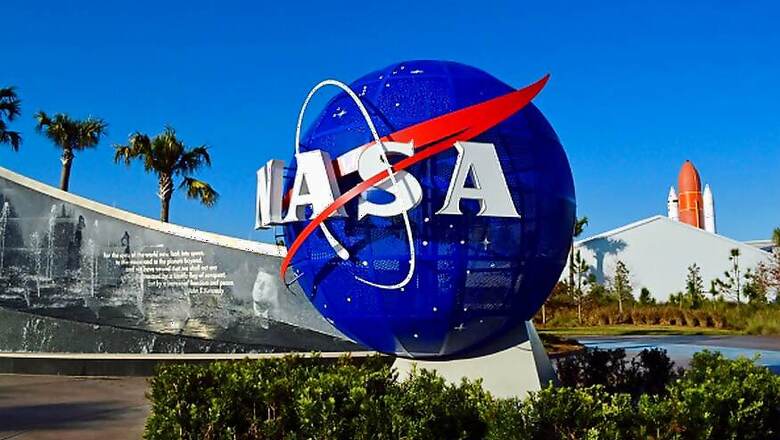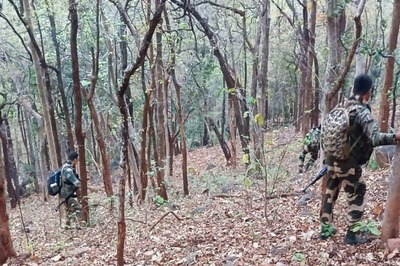
views
Aiming to send astronauts to Mars by 2030, NASA is working with Illinois-based Bradley University to create 3D-printed habitats to be deployed on the Red Planet. The US space agency has organised a series of competitions for students in partnership with Bradley that aims to find the habitat technology that best utilises the materials on Mars to support life, Chicago Tribune reported late on Sunday. The first manned Mars Mission, which will include sending astronauts to Mars, orbiting Mars, and a return to Earth, is currently scheduled for the 2030s. Due to its thin atmosphere and desolate surface, Mars is uninhabitable for humans as it is.
The aim of the "3-D Printed Habitat Challenge" is to figure out how to make habitats from material on the red planet such as the iconic red regolith, or Martian soil, and, recyclable items the astronauts bring with them like the plastic packaging of the astronauts' food. "A mission to Mars is going to test humans in many ways," Monsi Roman, Programme manager for NASA Centennial Challenges, was quoted as saying. "One of the best ways is by challenging us to be the ultimate recyclers. We have to be really good about using everything that comes with us," Roman added.
The dual emphasis on autonomous construction and use of indigenous materials could have enormous implications for construction on Earth too. The 3-D printing could also help areas that are underdeveloped or hit by natural disasters. While there are still many problems for NASA to solve before a Mars trip, development of this technology for earthly purposes can begin sooner, the report said. "What we're hoping for with this kind of partnership with all these eclectic groups of people is that development will continue on their own for Earth applications," Roman said.
"We see this as planting the seeds for the technology we will need. When NASA is ready to go to Mars, we can go back to those groups that continued the development and pick the fruit," he noted. The 3-D Printed Habitat Challenge which is currently in Phase 3 also offers a cash prize of $2 million.
Calling the competition a "front-row seating" for the latest developments, Roman said: "If we're talking about being on Mars in the 2030s, students at those universities are the ones that will be making this a reality."
Watch: Honor 7X First Impressions Review | Honor Has an Ace up Its Sleeve


















Comments
0 comment